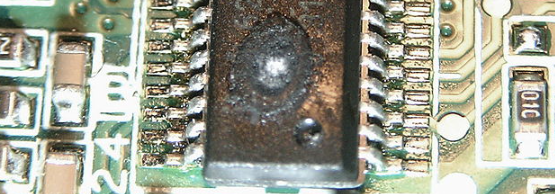
In this episode of PING, APNIC’s Chief Scientist Geoff Huston discusses the end of Moore’s Law and the coming future of Very Large-Scale Integration (VLSI), motivated by a key presentation made at IETF 117’s Applied Network Research Workshop (ANRW).
For over five decades, humanity has been able to rely on an annual, latterly bi-annual, doubling of speed and halving of the size of the technology inside a microchip, but for various reasons explored in this episode, that isn’t true anymore, and won’t be true in the future.
It will take some getting used to the idea that it’s no longer going to always be faster, smaller, or cheaper, and this will have an impact on how networks are designed, including details inside the protocol stack related to processing complexity and forwarding those packets along the path.
Note: A few times in this episode of PING, both Geoff and I get our prefixes mixed up and may say millimeters instead of nanometers for example. We also confused the order of letters in Taiwan Semiconductor Manufacturing Company (TSMC).
Read more about the end of Moore’s law on the APNIC Blog and the IETF:
- Chipping Away at Moore’s Law (August 2023, Geoff Huston)
- It’s the End of DRAM As We Know It (PDF) (July 2023, Philip Levis, IETF 117 ANRW session)
Subscribe and share your story
You can stream and subscribe to PING via the following channels:
If you’re interested in sharing your insights or research, please get in touch — we’re always looking for great stories from the community. And please do let us know what you think of the podcast as well as the APNIC Blog so we can keep improving.
The views expressed by the authors of this blog are their own and do not necessarily reflect the views of APNIC. Please note a Code of Conduct applies to this blog.
